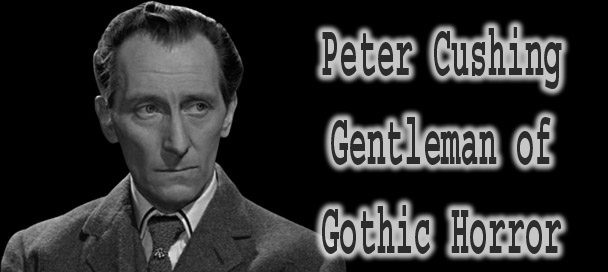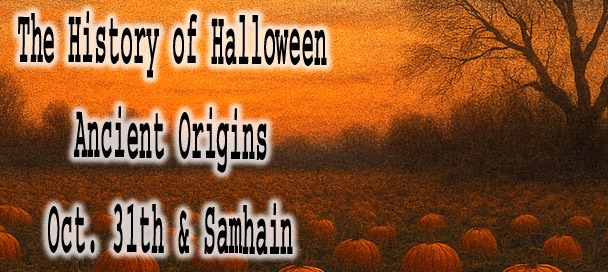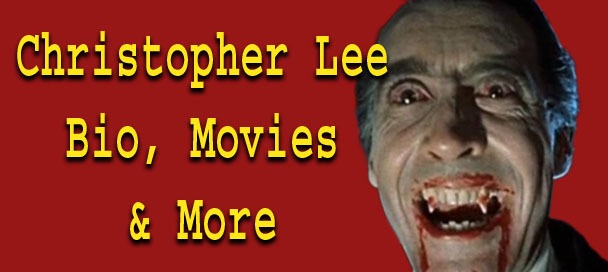👻 Hazel Court: Queen of Gothic Horror
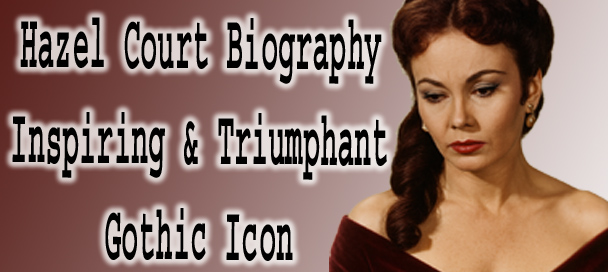
Elegant studio portrait of Hazel Court in gothic costume, poised under classic three-point lighting.
Hazel Court was an English actress whose striking beauty and screen presence made her one of the most recognizable faces in classic horror cinema. Often remembered as the “Queen of Scream” in the 1950s and 60s, she starred in some of the most influential gothic films of the era, leaving behind a career that blended elegance with terror.
Hazel Court (1926–2008) became a defining face of gothic horror through Hammer and AIP classics, starring opposite icons like Vincent Price, Peter Cushing, Boris Karloff, and Christopher Lee. Her screen presence and poise elevated mid-century horror while showcasing a versatile career across film and television.
Court began acting in the 1940s and quickly established herself as a versatile performer. While she worked across genres—including comedy and drama—it was horror that cemented her legacy. Her collaborations with Hammer Film Productions and later with American International Pictures placed her alongside legendary actors such as Vincent Price and Boris Karloff.
Beyond her professional work, Hazel Court also embodied a kind of glamour that set her apart from other horror stars. She wasn’t just the damsel in distress; she often played characters with intelligence, resilience, and complexity. This helped elevate the perception of women in horror films during a time when many roles were written as one-dimensional.
In a genre that often sidelined women, Hazel Court projected agency and wit—turning “scream queen” into a badge of intelligence and sophistication that inspired generations of horror leads.
👶 Early Life
Hazel Court was born on February 10, 1926, in Birmingham, England, where she grew up in a middle-class family with a strong sense of tradition. From a young age, she showed an interest in performance, displaying both confidence and poise that hinted at her future in the spotlight.
She attended art school in her teens and initially trained in drama, balancing her love of painting with her growing passion for theater. This creative background gave her an appreciation for storytelling in many forms, something that would later shape her approach to acting.
Court’s break into the film world came after winning a local talent competition, which opened the door to screen tests and small roles. Those early experiences provided her with valuable training and set her on the path toward becoming one of Britain’s most recognizable actresses of the 1940s and beyond.
Explore the Biographies of Iconic Celebrities
Her father, G.W. Court, was a professional cricketer, which isn't often highlighted in discussions of her background. The family moved to Sutton Coldfield when she was just six months old, and her childhood there shaped her initial interest in drama through local repertory theater.
🎬 Film Career
Interview with Hazel Court on 'Holiday Camp'
Hazel Court’s film career began in the early 1940s, where she quickly stood out for her striking looks and natural screen presence. One of her earliest appearances was in Champagne Charlie (1944), a musical drama where she shared the screen with Tommy Trinder and Stanley Holloway. Small but notable roles like these put her in front of British audiences and gave her steady footing in the post-war film industry.
Her breakthrough came with Carnival (1946), where she starred opposite Sally Gray and Stanley Holloway. That same year she worked alongside Richard Attenborough in The Old Dark House remake project discussions, which, though unrealized, kept her name circulating among rising British talent. By the late 1940s, she was appearing in a variety of films, balancing comedic turns with dramatic performances. In Holiday Camp (1947), she acted with Jack Warner and Kathleen Harrison, further cementing her reputation as a reliable and versatile actress.
The 1950s proved to be her turning point. Court starred in Ghost Ship (1952) and Devil Girl from Mars (1954), a science-fiction cult classic where she appeared alongside Hugh McDermott and Adrienne Corri. Although often dismissed as “B-movies” at the time, these films gained Hazel a devoted following and introduced her to the genre that would define her career.
Her true breakthrough into horror came with Hammer Film Productions, the studio that redefined gothic horror in the 1950s. In The Curse of Frankenstein (1957), she played Elizabeth, the fiancée of Victor Frankenstein, opposite Peter Cushing and Christopher Lee. The film was a critical and commercial success, launching Hammer’s reputation worldwide and placing Hazel firmly in the pantheon of horror heroines. She followed this success with The Man Who Could Cheat Death (1959), again working with Cushing, alongside Anton Diffring and Christopher Lee, reinforcing her gothic queen image.
Hazel Court’s move to Hollywood in the early 1960s opened new doors. She became a key player in Roger Corman’s celebrated Edgar Allan Poe cycle for American International Pictures. In The Premature Burial (1962), she starred opposite Ray Milland. She then appeared in The Raven (1963) alongside an unforgettable trio: Vincent Price, Boris Karloff, and Peter Lorre. The following year, she reunited with Price in The Masque of the Red Death (1964), a film that combined Poe’s haunting storytelling with Court’s commanding screen presence. These films cemented her as one of the genre’s most enduring figures and gave her the opportunity to work with some of horror’s greatest icons.
Beyond film, Court also made appearances on television in both the U.K. and the U.S., guest-starring in series such as Alfred Hitchcock Presents, Thriller, and Twilight Zone. On these platforms, she acted alongside performers like John Carradine, William Shatner, and Robert Vaughn, showcasing her ability to adapt seamlessly from gothic film roles to modern TV dramas.
By the mid-1960s, Hazel Court had firmly established herself as the reigning queen of gothic horror, remembered not only for her beauty but for her ability to hold her own opposite screen legends like Vincent Price, Boris Karloff, Peter Cushing, and Christopher Lee. Her legacy in film is defined by these collaborations, which created some of the most enduring classics in the horror canon.
For The Premature Burial (1962), Court held her breath for a full minute while buried under cork (simulating dirt) in a coffin scene, describing it as intensely challenging. In The Man Who Could Cheat Death (1959), a rare topless scene was filmed but cut from the American release; a photo from it appears in her autobiography among 200 rare, previously unpublished images.
📚 Hazel Court — Horror Queen: An Autobiography
An intimate, lavishly illustrated memoir of Hazel Court’s journey—from West Midlands childhood to Hollywood fame and a second life as an acclaimed sculptor.
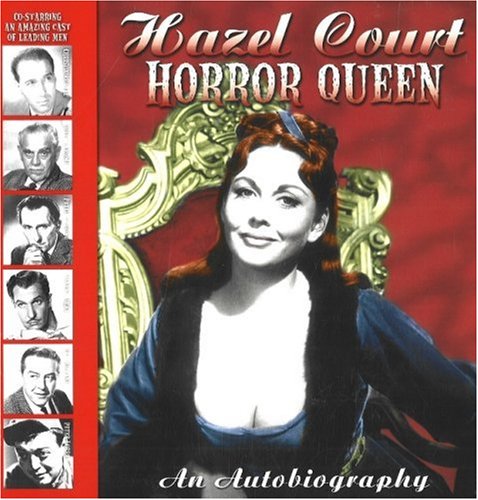
Rare, never-before-seen photos illuminate Hazel Court’s life on and off the set.
Hazel provides a uniquely candid view of classic horror’s golden era and the art-world reinvention that followed—moving from Hammer & AIP gothic sets to annual sculpture study in Pietrasanta, Italy, culminating in internationally recognized commissions.
- 📚 Format: Illustrated autobiography (square edition)
- 📐 Dimensions: 9 x 0.5 x 9 inches
- ⚖️ Item Weight: 1.4 pounds
- 🖼️ Features: Lavishly illustrated with rare photos
- 🎭 Focus: From actress to internationally acclaimed sculptor
If only one book captures her elegance, grit, and creative reinvention—this is it.
Court’s Hollywood circle overlapped with major directors off-set; she later married filmmaker Don Taylor, giving her a front-row view of 1970s studio moviemaking from the other side of the camera.
🕊️ Later Years
By the early 1970s, Hazel Court gradually stepped away from acting, choosing instead to dedicate her time to raising her family. Though she had built a career that placed her alongside Vincent Price, Boris Karloff, and Peter Cushing, Court quietly transitioned into a new chapter of life. Her departure from film was not an ending but a pivot—she embraced the art world with the same passion she had once devoted to the screen.
Court pursued sculpture seriously, traveling each year to Pietrasanta, Italy, a town renowned for its marble and artistic community. There she honed her craft, inspired in part by the authentic Victorian costumes she had worn on Hammer and Corman sets—garments that sparked her sense of form, structure, and beauty. Her sculptures soon gained international recognition, with one of her most notable commissions being for the library at Pennsylvania State University. What had begun as a private pursuit evolved into a celebrated second career.
Despite her association with blood-curdling screams and gothic sets, Court was known offscreen for her “ladylike primness.” Friends recalled her meticulous nature, including her habit of tidying up after dinner parties with the humorous thought, “just in case I should pop off to heaven in the night.” This blend of refinement and wit made her a beloved figure among those who knew her personally, contrasting sharply with the dark roles she often portrayed.
In her later years, Court settled in Lake Tahoe, California, where she lived a quiet but fulfilling life surrounded by family and her art. She passed away from a heart attack on April 15, 2008, at the age of 82. Shortly after, her autobiography, Hazel Court: Horror Queen, was published, offering a vivid account of her journey from wartime ingénue to international horror icon and accomplished sculptor. Through both her films and her artwork, Hazel Court left behind a legacy of beauty, creativity, and resilience.
Court once met Winston Churchill in his garden, where she observed him talking to his goldfish. Rather than finding it odd, she viewed it as a quirky aspect of his "great genius.
🏆 Legacy
Hazel Court’s legacy rests on her unique ability to bring both elegance and intelligence to the gothic horror genre. At a time when many actresses were cast as little more than victims or decorative figures, she elevated her roles with depth and presence. Her performances in The Curse of Frankenstein, The Masque of the Red Death, and The Raven stand as defining moments in horror history.
Beyond her film career, Court’s transition to a respected sculptor showcased her creative versatility. Her sculptures, displayed and commissioned internationally, proved that she was not confined to a single artistic outlet. In this way, she became a rare figure who successfully bridged the gap between popular culture and fine art.
For fans of classic cinema, Hazel Court remains a symbol of gothic glamour, remembered for her fiery red hair, commanding screen presence, and ability to make horror feel both terrifying and beautiful. For art lovers, she is remembered as a sculptor whose passion carried her into a second life of creation. Together, these legacies ensure that Hazel Court continues to inspire admiration long after her passing, solidifying her place as one of the great multi-talented figures of mid-20th-century entertainment.
Further Reading & Resources
📖 Hazel Court biography. English actress
📰 Hazel Court at Brian's Drive-In Theater

ML Lamp is the owner of Kilroy Was Here. After his 20 years of working in Las Vegas in the entertainment promotions field, Mr. Lamp retired in 2002 from his job to pursue his passion for collectibles. Now as a guest speaker and author he’s living the dream, and sharing his warmth with You.
